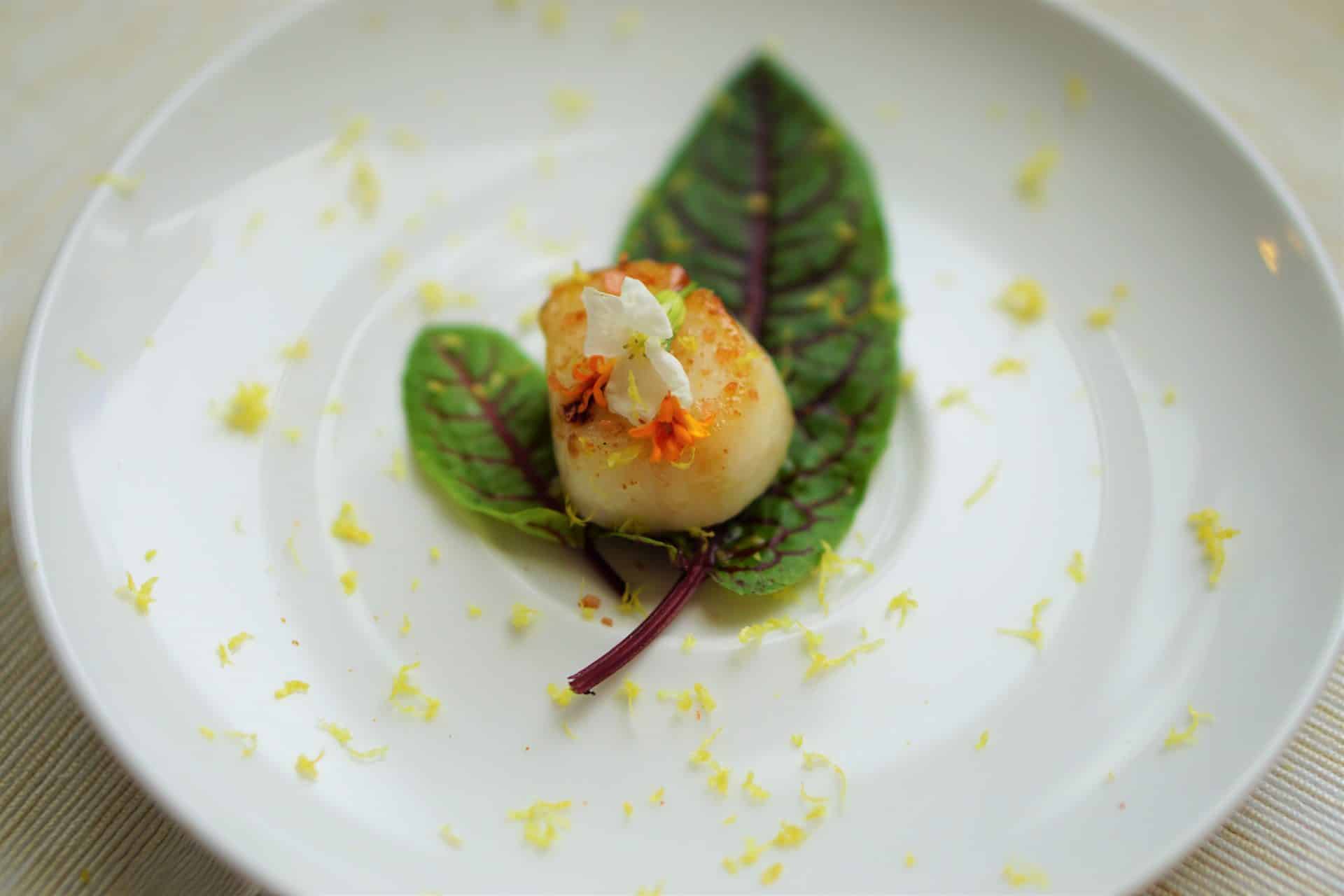
There is a reason that Maine sea scallops are a smart seafood choice. Sustainably managed and responsibly harvested, scallops are one of the most prized and valuable seafood harvested in Maine. Fresh Maine scallops are delicious and good for you, and the fisheries are integral to local, state, and regional communities. The Maine sea scallop commercial fishery is part of a broader U.S. commercial sea fishery stretching along the Mid-Atlantic coast to the Canadian border. In total, it is the largest wild scallop fishery in the world.
Scallops are marine bivalves, those familiar two-shell mollusks named for their saucer-shaped, fluted, or scalloped edges. The bulk of Maine sea scallop fisheries are small, inshore fisheries operating three miles from the Maine coast. They are managed and monitored by the Maine Department of Marine Resources (DMR) and are subjected to gear and seasonal restrictions and rotational closures. Offshore sea scallop fisheries, those beyond three miles, are managed by NOAA and the New England Fishery Management Council. Maine’s efforts are also underway to culture scallops to ease pressure on inshore wild-caught scallop populations. Though only a fraction of the market, the potential for Maine farm-raised scallops is very positive and expanding.
When Are Sea Scallops in Season?
Though the Maine scallop season occurs throughout the winter months, it generally starts mid-to-late November and runs through April. The ambiguity of the dates relates to factors such as how the scallops are harvested– dragging or diving– and where they are harvested. Regarding the latter, as most of the scallop harvest in Maine is inshore, the season is restricted according to established zones along the coast. Daily possession limits are in place in each zone, with a minimum size limit of 4 inches in diameter or larger. The exact start and end dates for both dragging and diving and the actual days of the week fishing is allowed are different for each zone.
The DMR monitors each zone closely, subject to closure for the season if the harvest approaches unsustainable levels. In contrast, offshore sea scallop fishing is opened and closed on a rotational basis when needed. Because those areas are not overfished, nor is overfishing occurring, sea scallops are harvested year-round.
How are Scallops Harvested?
As mentioned, scallops are harvested by two methods, by dragging or by a diver. Dragging is done by dayboat trawlers utilizing turtle deflector–style scallop dredges to collect scallops from the seafloor’s surface, much like rakes collect leaves across a lawn. Dragging may also capture other sea life, like mussels, sponges, and urchins. Whether inshore or offshore, dayboat scalloping ensures the freshness of the catch. As the name suggests, dayboat trawlers are out to sea no more than 24 hours.
The other method of harvesting scallops occurs inshore by SCUBA divers. “Dive-caught scallops” or “diver scallops” are gathered by hand and collected into mesh bags. The diver season runs longer than the drag season, from mid-November to the end of April. Scallops harvested through hand-selection are exponentially more time-consuming than dragging, attributing to their higher price. However, the method is more eco-friendly as there is no raking of the seafloor, and the hand-selected catch is limited to larger, mature scallops.
Health Benefits
Scallops are highly nutritious, with a single serving (6 or 3 oz.) containing only 1g of fat, 20g of protein, and only 100 calories. In short, they are a low-fat, low-calorie source of protein. They contain a high amount of selenium—33% of the daily value—and other important minerals like iron, magnesium, potassium, zinc, and copper. They also contain vitamin B12 and anti-inflammatory omega-3 fatty acids.
Flavor and Texture
The edible meat sold as seafood is the thick, medallion-shaped adductor muscle inside the scallop shell. Scallop meat has a fresh, sweet smell and varies in color—from ivory and cream to slightly orange or gray. When prepared correctly, whether pan-seared, baked, or grilled, they have a slightly sweet taste with a tender, buttery texture.
Fresh is Best
Fresh scallops taste best. Once purchased, they will keep refrigerated for a few days, but you can also freeze them. Fresh Maine scallops are only available during the season. Look for labeling such as “diver caught” or “dayboat” to ensure they were harvested in state waters. Look for “dry” scallops on the label, too. Otherwise, chances are the scallops were soaked in sodium tripolyphosphate (STPP), a preservative, which causes the scallops to absorb and retain moisture before they are flash-frozen at sea.
Referred to as “a milky white liquid identifies wet” scallops, STPP in the serving containers. Though not harmful, the water retention process tends to wash out some of the flavors and leave the scallop with a more bouncy texture. More importantly, remember that the price for wet scallop meat by the pound includes the additional water weight.
Klenda Seafood offers fresh scallops straight from the Gulf of Maine. Sustainably harvested by local fishermen, Klenda selects only the freshest and highest-quality seafood from the daily catch. Available for pickup or direct shipping, you can count on quality every time.
Order FRESH live lobsters or fresh-picked meat online for delivery directly to your door. We also offer curbside pick-up at our South Portland location if you live locally – call for details and to place your order over the phone! Feel free to contact us— we would be happy to answer any of your questions.
